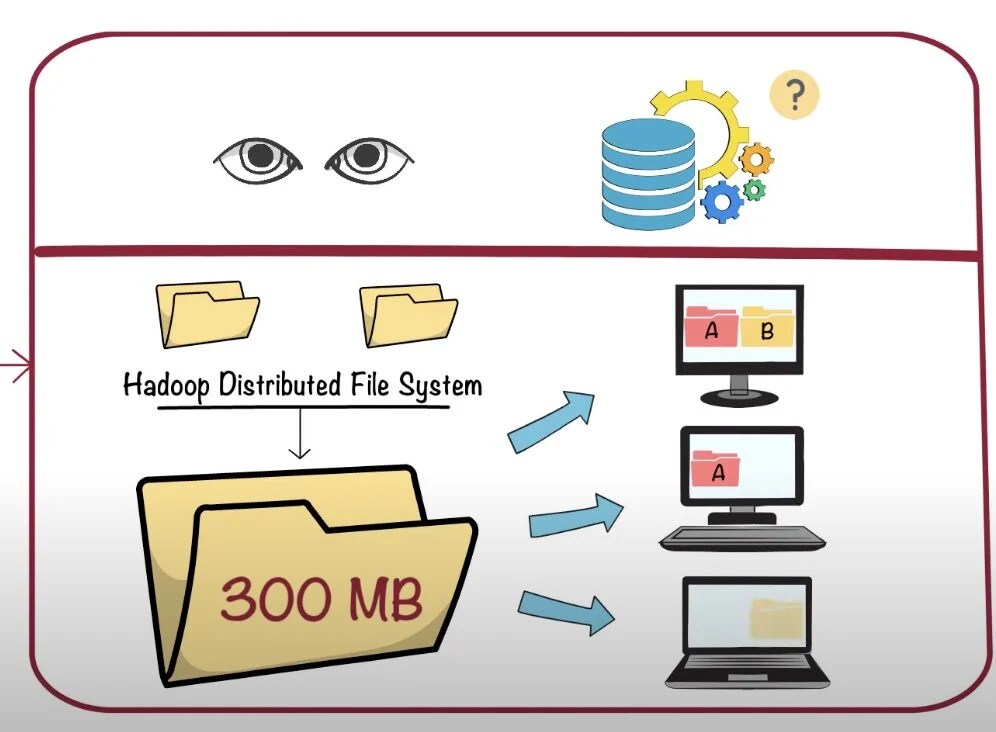In today’s digital age, smartphones have become ubiquitous and integral to our daily lives. However, have you ever stopped to ponder the sheer volume of data generated by these devices? From texts and phone calls to emails, photos, videos, searches, and music, the amount of data produced by a single smartphone user is staggering. According to recent statistics, a single smartphone user generates approximately 40 exabytes of data every month. When multiplied by the five billion smartphone users worldwide, the magnitude of this data becomes genuinely mind-boggling.
This article summarizes a recent expert video on Big Data by Simplilearn. You can watch the video in its entirety below.
This massive influx of data, termed “big data,” presents both opportunities and challenges for businesses, governments, and society as a whole. To better understand and manage big data, it’s essential to delve into its key characteristics, often referred to as the five V’s: volume, velocity, variety, veracity, and value.
Volume refers to the sheer quantity of data generated, while velocity denotes the speed at which data is produced and processed. Variety encompasses diverse data types, including structured, semi-structured, and unstructured formats. Veracity highlights the accuracy and trustworthiness of the data, which is crucial for making informed decisions. Finally, value represents the potential benefits derived from analyzing and extracting insights from big data.
To illustrate the application of these concepts, let’s consider the healthcare industry, where hospitals and clinics generate vast amounts of data in the form of patient records and test results. This data is collected at a rapid pace, reflecting the velocity of big data. Moreover, it encompasses various data types, from structured medical records to unstructured imaging data like X-rays, highlighting the variety of aspects of big data.
Ensuring the veracity of healthcare data is paramount, as it directly impacts patient care and treatment outcomes. By analyzing this data effectively, healthcare providers can expedite disease detection, improve treatment protocols, and reduce costs, ultimately enhancing the value of big data in the medical sector.
However, storing and processing such massive volumes of data pose significant challenges. Various frameworks and technologies have been developed to address this, such as Hadoop. Hadoop employs a distributed file system to store big data across multiple nodes, ensuring redundancy and fault tolerance. Additionally, Hadoop utilizes the MapReduce technique for parallel processing, enabling faster and more efficient data analysis.
Big data applications extend beyond healthcare to various industries, including gaming and disaster management. Big data analysis helps developers understand user behavior and preferences in gaming, leading to enhanced gaming experiences and reduced customer churn rates. Similarly, big data played a crucial role in disaster management during events like Hurricane Sandy, enabling authorities to predict and mitigate the storm’s impact more effectively.
As we continue to harness the power of big data, its impact on society will only grow. From personalized healthcare to predictive analytics and beyond, big data holds the key to unlocking new insights and driving innovation across diverse domains. However, it’s essential to address challenges related to data privacy, security, and ethical considerations to ensure responsible and sustainable use of big data resources.
In conclusion, big data represents a paradigm shift in collecting, analyzing, and utilizing information in the digital age. By understanding its fundamental characteristics and leveraging advanced technologies, we can harness the full potential of big data to address complex challenges and create a brighter, more data-driven future.











 WebProNews is an iEntry Publication
WebProNews is an iEntry Publication